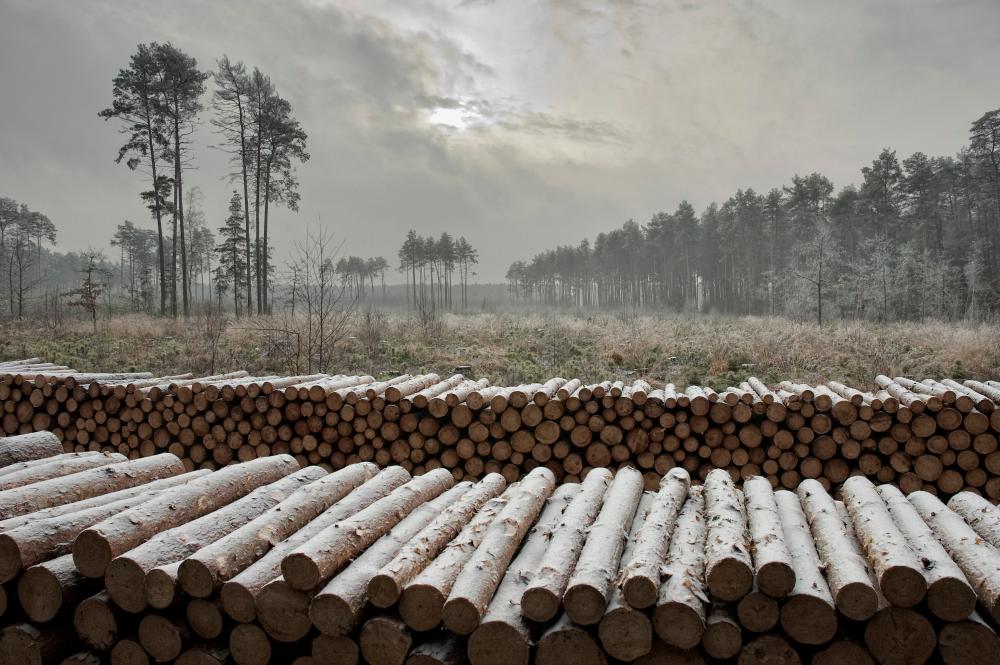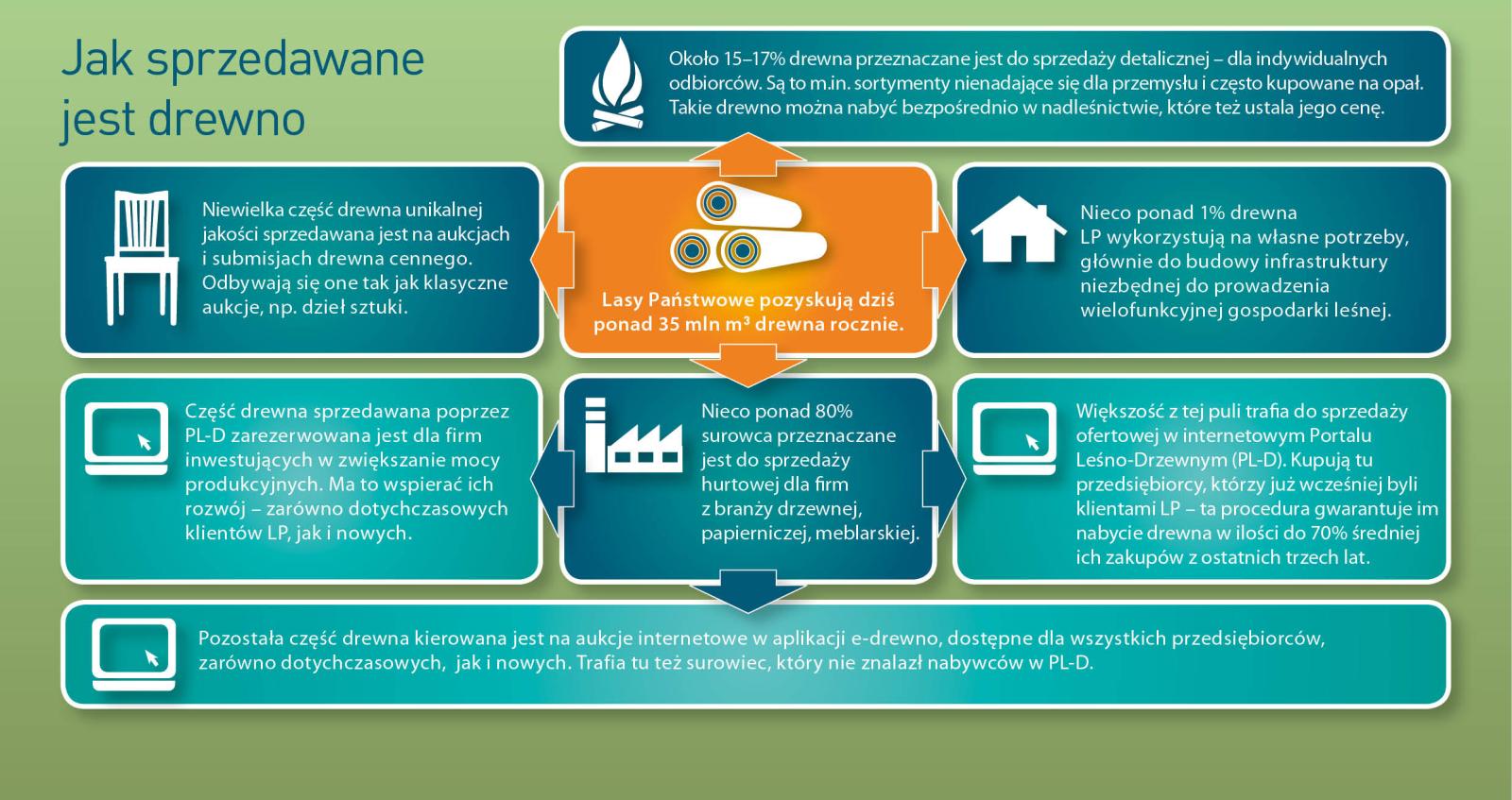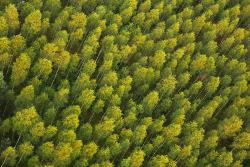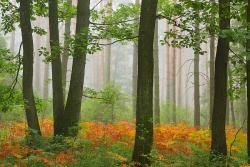 Asset Publisher
Asset Publisher
Sale conditions
Sale conditions of wood are specified by the regulation of Director – General of the Sate Forests.
Within the framework of the individual sale , the foresters try to meet the fast growing demand, because more and more people use wood in order to heat their houses. Contrary to general opinion, these are not only village people, even though they prevail among recipients. The growth of firewood demand is the result of occurrence of new housing estates built in the suburbs of large agglomerations, where houses are usually equipped in fireplace heating installations.
Firewood is not only the most ecological heat source, but also is much more attractive in respect of relation of price and electric efficiency, rather than cola, oil, gas or electric power.
In recent years, the Sate Forests increased the sale of firewood of one third – up to over 4 million cubic meters annually. Firewood is not only the most ecological heat source, but also is much more attractive in respect of relation of price and electric efficiency, rather than cola, oil, gas or electric power. Some of customers choose already prepared and cut into pieces wood, the others very willingly obtain it by themselves after arranging all details and fulfilling particular safety conditions, and after paying the fee; that concerns mainly so called "thinnings". Such a raw material is very cheap, that is why many people from village areas profit from such possibility.
 Asset Publisher
Asset Publisher
 Asset Publisher
Asset Publisher
Lasy Nadleśnictwa
Lasy Nadleśnictwa
Kompleksy leśne policzono na podstaie mapy numerycznej dla Nadleśnictwa Rudy Raciborskie. Za kompleksy uznano grunty zwartych powierzchni leśnych będące w zarządzie Nadleśnictwa, oddzielone od pozostałych gruntami innych kategorii bądź rozgraniczone naturalnymi granicami np. szerokich rzek
Lasy Nadleśnictwa zlokalizowane są w 150 kompleksach. Główny kompleks leśny wokół Rud i Kuźni łączy się z lasami Nadleśnictw Rybnik, Rudziniec i Kędzierzyn. Dwa leśnictwa - Baborów i Ponięcice zlokalizowane są po zachodniej stronie Odry i składają się z wielu małych, otoczonych uprawami rolnymi, kompleksów leśnych.
Zwarte, duże kompleksy leśne stwarzają dobre warunki dla bytowania licznych gatunków zwierząt a także występowania roślin typowych dla terenów leśnych. Z kolei małe kompleksy leśne odgrywają istotną rolę w kształtowaniu krajobrazu. Stanowią także ostoję dla zwierząt i roślin występujących w strefie ekotonu, czyli na pograniczu pól i lasów.
Najwięcej, bo 109 szt., jest kompleksów leśnych o powierzchni do 5 ha, które zajmują łącznie powierzchnię139 ha.




 Fot. T. Sczansny
Fot. T. Sczansny
 Fot. T. Sczansny
Fot. T. Sczansny